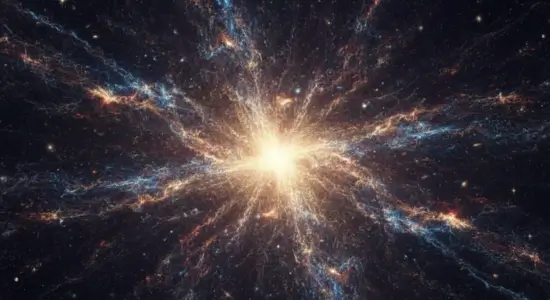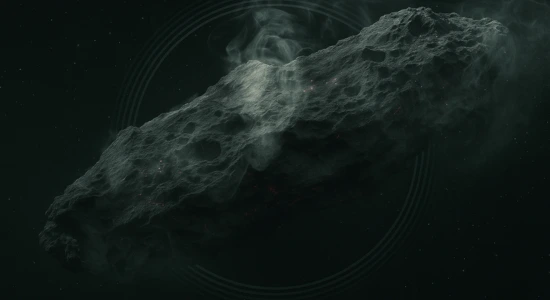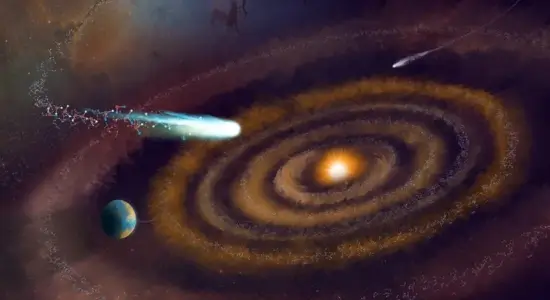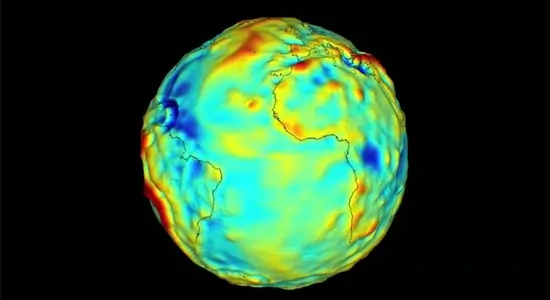New Interpretation of Einstein’s Equations Could Reveal What Happened Before the Big Bang in Loop Quantum Cosmology

The Limits of General Relativity and the Big Bounce Theory
Since Albert Einstein published his General Theory of Relativity in 1915, it has been the bedrock of modern cosmology, successfully describing everything from orbiting planets to the large-scale structure of the universe. However, at the very beginning of our cosmos—the Big Bang—Einstein’s equations break down. They predict a singularity: a point of infinite density and temperature where our known laws of physics cease to make sense.
For decades, physicists have sought a theory of quantum gravity that can resolve this issue and describe the true nature of the universe’s beginning. The emerging field of Loop Quantum Cosmology (LQC) offers a powerful new perspective, strongly supporting the concept of a Big Bounce.
Understanding the Physics of the Loop Quantum Cosmology Big Bounce
LQC is an application of Loop Quantum Gravity (LQG), a leading candidate for a quantum theory of gravity. Unlike General Relativity, which predicts a singularity, the Loop Quantum Cosmology Big Bounce model posits that our universe is the result of a previous universe collapsing under its own gravity. As the old universe contracted, quantum effects kicked in when the density reached a critical, unimaginably high point (around the Planck density). These effects acted as a repulsive force, preventing the singularity and causing the universe to rebound into a new phase of expansion—which is the expansion we observe today.
New Insights from Old Equations
Recent research has found that by applying techniques from Numerical Relativity—a method that uses powerful computers to solve the complex field equations—scientists can push the boundaries of Einstein’s equations further than ever before. This approach is providing compelling, model-independent evidence supporting the Big Bounce.
The new numerical work shows that when gravity becomes overwhelmingly strong near the bounce point, space literally changes its fundamental nature, or its orientation, as mathematicians would describe it.
Crucial Fact: This research does not necessarily overturn Einstein’s equations; rather, it suggests that the equations themselves are incomplete when approaching extreme conditions, and require the quantum corrections provided by theories like LQC to provide a full, singular-free description of cosmic history.
This work helps to mathematically bridge the gap between the classical description of the cosmos (General Relativity) and the quantum realm (LQC), bolstering the theoretical viability of the Big Bounce and giving us a solid, testable framework to investigate what truly happened before the Big Bang.
Did You Know? (Internal Link Suggestion)
The Big Bounce theory suggests the universe might be cyclical, a concept that fundamentally changes how we view time. Another mind-bending cosmological topic involves the nature of spacetime itself. For instance, is time travel theoretically possible?
ref : iflscience






